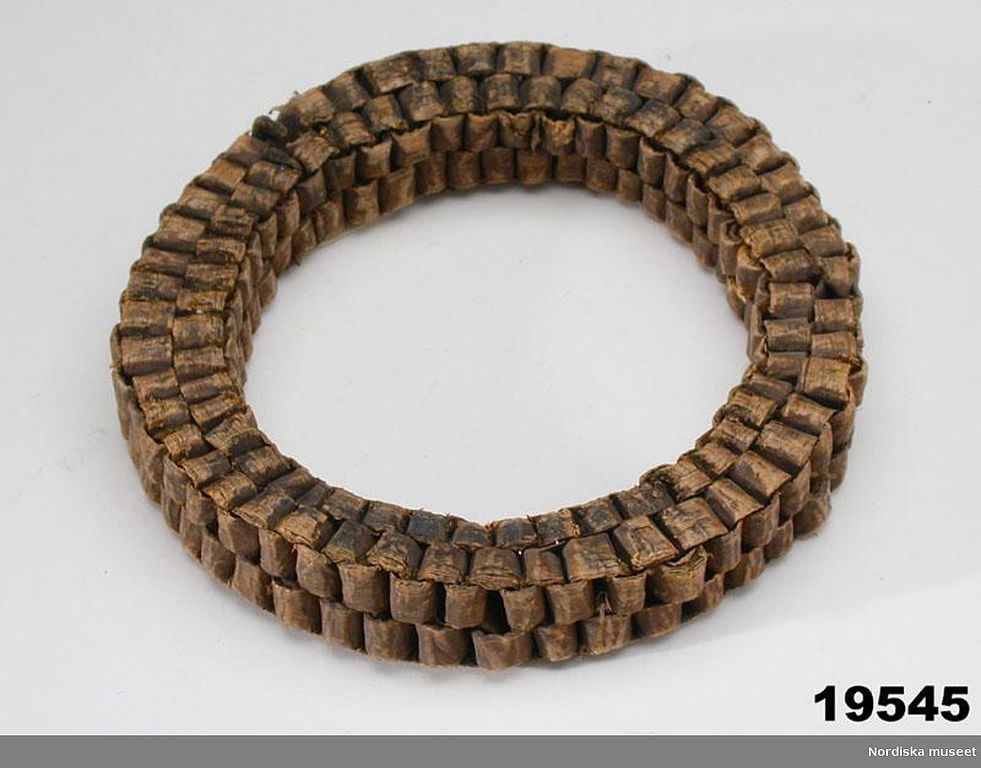Kveik Yeast – The Complete Guide

Kveik isn’t a beer style it describes the yeast used to ferment the beer. Kveik which is pronounced “kuh-vike” is a Norwegian word to describe yeast, in particular a farmhouse yeast derived from multiple strains of saccharomyces cerevisiae.
Kveik yeast has become one of the most popular ways for commercial breweries to put a new spin on their beer releases. There is now a huge range of kveik yeast available to home brewers so let’s take a look at what these yeast strains bring to beer and home brewing and how to make good use of them in your home brews.
The emergence of numerous strains of kveik yeast from multiple yeast labs and producers has added a layer of mystery and complexity when it comes to selecting and using yeast.
What do these yeast cultures bring to fermentation, how are they used and why are they so popular.
Table of Contents
Where Does Kveik Come From?

Norwegian farmhouse brewers for hundreds of years had unique ways of reusing and preserving yeast. Passed down through generations of families and shared with neighbours these kveik yeast cultures evolved differently from typical saccharomyces cerevisiae.
At one point in time kveik was used all over Norway but as time went on more brewers bought their yeast and kveik was found in only a few places. Dedicated farmhouse and home brewers continued the tradition for reusing and preserving kveik and this led to the reemergence and eventually commercial availability of these unique strains
Most kveik yeast typically contains multiple strains of saccharomyces cerevisiae and are classed as a subgroup of ale yeast strains. Genetically, kveik are closely related to other domesticated ale yeast strains but are unique and categorised as a subgroup.
Kveik Yeast Characteristics
The most apparent characteristic of kveik yeast is the ability to tolerate environmental stress, notably high temperatures and high levels of alcohol.
Kveik Fermentation Temperature
One of many peoples observations of kveik is the ability to tolerate temperatures up to 40°C / 104°F without producing off flavours such as fusel alcohols, acetaldehyde or diacetyl. This puts it in stark contrast with typical ale yeast which has a relatively small tolerable temperature range and would produce terrible beer at such temperatures.
The other character to note is that at higher temperatures of 30-40°C / 86-104°F the fermentation of such beers is very rapid. kveik can ferment even higher gravity beers in 48 hours at a temperature around 35°C.
Very High Flocculation
Another common trait of most kveik yeast strains is their ability to form a very tight, compact sediment.
Flocculation is the term to describe the habit of yeast to clump together or “flock” as it were. Different yeast strains have different levels of flocculation and so will take shorter or longer for the yeast to settle and the beer to clear.
Kveik yeast strains all tend to have very high levels of flocculation and will rapidly drop out of suspension after a very quick fermentation.
It is thought that because most kveik yeasts have multiple strains of saccharomyces cerevisiae the strongest flocculator of all those strains help the lower flocculating strains drop out of suspension quicker.
Kveik Esters
Many kveik cultures produce various fruity aromas and this is a result of esters produced by the yeast.
Different kveik cultures are noted for their propensity to produce fruity aromas such as citrus, apple, orange, run or tropical fruits.
Take a look at the list of kveik cultures below for some idea of the types of esters and flavours you can expect from the main strains available commercially.
Kveik Pitching Rates
Another way that kveik cultures buck the trend of what homebrewers are taught about yeast is in the pitching rates.
The way that farmhouse brewers stored and captured yeast to reuse in later batches made brewers more susceptible to underpitching and because of the characteristics of kveik yeast they are far more tolerant of underpitching than other yeast strains.
Many home brewers suggest pitching a tablespoon of yeast slurry or only half a package of liquid yeast and fermentation not being affected at all.
The reason why some brewers may want to intentionally under pitch certain kveik cultures such as Voss or Hornidal is that they produce more intense esters and aromas during fermentation. It should be noted that not all kveik cultures are prone to this.

Kveik Yeast Profiles
There are now many cultures of kveik yeast commercially available to home brewers with more being released regularly. Different labs may introduce different strains under unique names so it can make categorising the yeasts difficult.
Below I’ve listed some of the most common cultures available and named them after where they originated or the owner of the yeast.
Voss
Voss kveik was isolated from Sigmund Gjernes in Voss, Norway. This particular strain has a wide ideal temperature range between 25-40°C / 77-104°F. The optimal temperature being at the higher end of this range. Very rapid fermentation, often finished with 2 – 3 days and really high flocculation.
Has a neutral character across the temperature range with notes of orange and subtle fruity esters, no evident phenols or fusel alcohols across the whole temperature range. Underpitching will encourage more esters otherwise a pretty neutral profile.
It is the only commercially available kveik yeast in dry form.
Hornidal
Hornial is a kveik shared from Terje Raftevold farmstead in Hornidal, Norway. This kveik is noted for intense tropical fruit aromas such as pineapple, mango and citrus.
Tolerant of a temperature range between 22-35°C / 72-98°F and produces good results at around 32°C.
Ebbegarden
Ebbegarden is a kveik from Stordal, Norway that produces tropical, guava-like flavour in beers. It is best to avoid the use of bittering hops and withhold all hops to the end of the boil or in the whirlpool as the yeast will detrimentally accentuate bittering hops.
The ideal temperature range for Ebbegarden is between 31-37°C / 88-98°F
Stranda
Stranda kveik also known commonly as Hothead from Omega yeast lab is cultured from Stein Lango from Stranda, Norway.
Stranda is considered a more neutral, clean-tasting kveik strain compared to others that produce a lot of fruitiness. The wide range of fermentation temperature from 22-37°C / 72 – 98°F makes this a good strain for warmer fermentation without temperature control.
Årset
This kveik strain was cultured by Jacob Årset from his farm in Eidsdal, Norway. It shows many similar traits to the Hornidal kviek strain producing an intense tropical fruit aroma.
The fermentation temperature range for Årset is slightly wider than Hornidal at 20-37ºC / 68-98°F. The flocculation is high and the alcohol tolerance is very high.
Midtbust
Midtbust is a kveik strain from Odd H Midtbust in Stordal, Norway. The character is more neutral compared to other varieties of kviek.
Has a wide fermentation range from 24-35°C / 75-95°F. Higher fermentation temperatures will encourage more esters but the strain is less flavorful than other varieties. Flocculation for Midtbust is low.
Oslo
Oslo kveik is a strain isolated from bottle dregs from Oslo, Norway. It is another incredibly quick fermenting yeast that produces very clean tasting beers. It is suggested that Oslo kviek can produce lager-like beer even at higher temperatures and it is a bottom-fermenting yeast.
Fermentation temperature for Oslo is between 24-37°C / 75-98°F and has medium flocculation.




Leave a Reply
Want to join the discussion?Feel free to contribute!